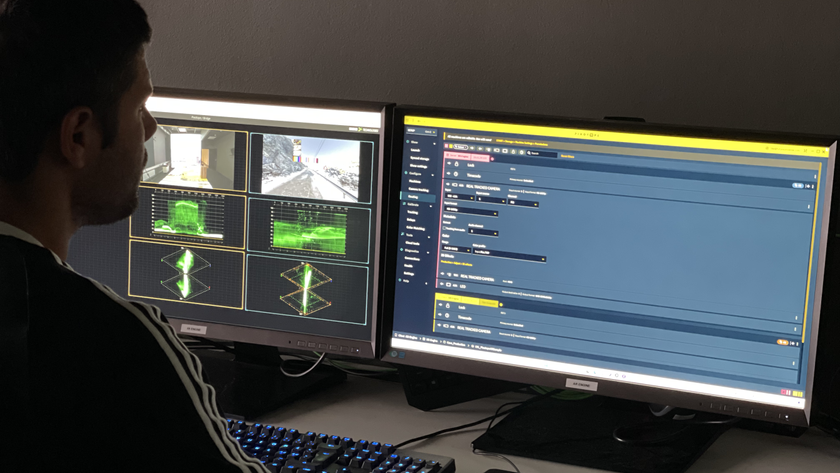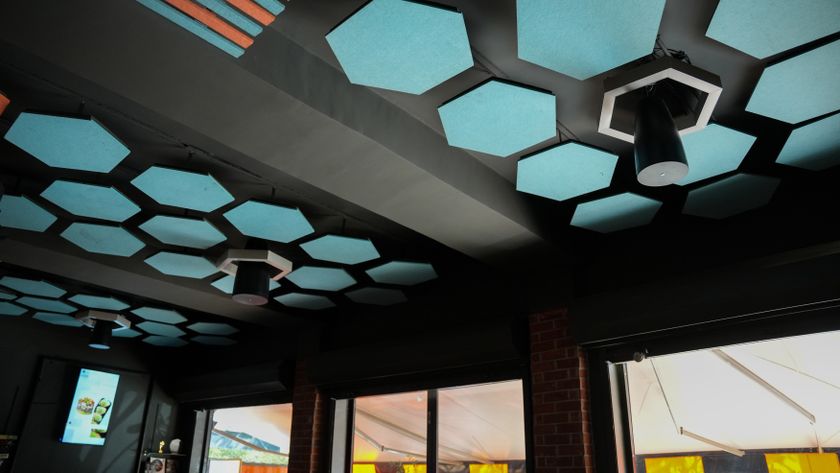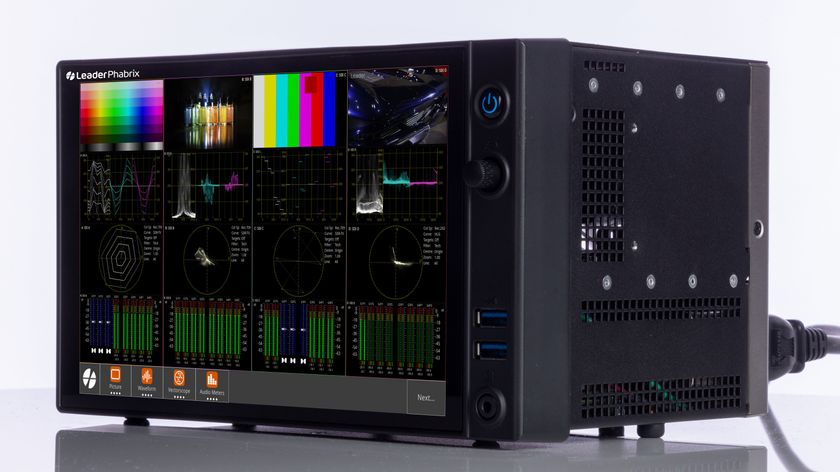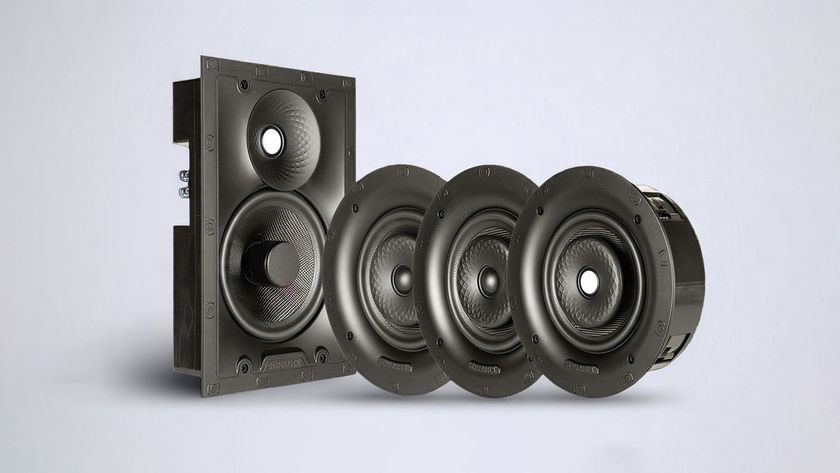- Moe may get his wish again in yet another format. Once tethered to Saturday theater matinees, "The Three Stooges" successfully made the technical transition to television in the 1950s. Now they're about to blaze new trails once again over WiFi narrowcasting with the new 802.11n standard implementation.
- The standard, due to be published this September and already sold in stores, allows for typical data rates sufficiently high for point-to-point high-definition video broadcasting. 802.11n allows for line-of-sight connectivity up to 350 straight-line feet from a transceiver. It operates in both the 2.4 and 5 GHz spectrums, with a maximum data rate of 700 Mb/s, with typical data rates of 100-200 Mb/s. Due to the multiple in, multiple out (MIMO) signaling techniques of 802.11n, the equipment is easily identified by its multiple router antennae.
- The definition of "point to point" is not exactly what it once meant. While a source may emanate from a single location, streaming technology allows for many users to simultaneously watch, even if their timing may be asynchronous. There is of course a catch. While 802.11n gives us the wireless capacity locally, our moribund hardwired networks continue to lag. Yes-we still have those pesky pipe issues into our offices, schools, and homes to deal with, limiting transmission signal quality. The best commercially available service here is by cable modem at 15 Mb/s. A more typical connection speed is 2 Mb/s.
- Yet the situation is changing. Technicolor claims to have sent the first motion picture (Transformers) via satellite to both domestic and international theaters this July using an integrator-neutral digital cinema distribution network.
- It speaks volumes about our domestic internet infrastructure that this could not be sent via a terrain-based system. Furthermore, one couldn't help but be jealous reading that NTT Domoco plans on implementing a 300 MB/s wireless nationwide network by 2009 in Japan. I don't think our local suppliers are even thinking such thoughts, let alone have an implementation plan. It's a bit embarrassing how far U.S. technology if falling behind in some areas. That's about 500 times faster than what's available here today.
- The distinction between broadcast video and internet video has been blurred for sometime. Our kids spend hours watching the YouTubes of the internet rather than watching conventional television. For them it is often more entertaining.
- Watching "Swinging the Alphabet" by the Three Stooges on YouTube as part of my research, I realized that when my father watched it at the Cadet Theater in Claremore, OK in 1938, the same content was substantially better in appearance than what I saw over the internet today in our office. Today's comparison is more akin to a 1952 vintage TV set with a fuzzy six-inch screen rather than the 35mm 60-foot-wide projection he viewed.
- Yet the pieces for narrowcasting continue to be put into place, even if somewhat haphazardly. Perhaps the broadcast firms will adapt to the new marketplace with something other than inexpensive reality shows.
- We're in a strange place right now regarding digital connectivity. Lots of untested good ideas, but only a few companies have figured out how to make serious money off of displaying content. Things may start changing soon. One day we may each have our own dedicated channel.










